Hans washing machine won't turn on
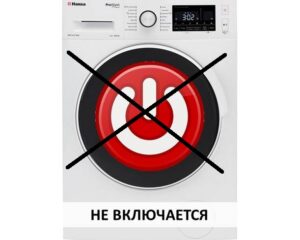 When the Hansa washing machine does not turn on, panic begins. It seems that the machine has burned out, and there is only one way out - buying a new washing machine. In reality, everything is not so serious, and many nutrition problems can be corrected at home. You just need to figure out what led to the failure and fix the problem. Our instructions will help in diagnosing and repairing.
When the Hansa washing machine does not turn on, panic begins. It seems that the machine has burned out, and there is only one way out - buying a new washing machine. In reality, everything is not so serious, and many nutrition problems can be corrected at home. You just need to figure out what led to the failure and fix the problem. Our instructions will help in diagnosing and repairing.
List of possible breakdowns
It is quite simple to understand that the Hansa washing machine does not start: the LEDs on the dashboard will not light up after plugging the plug into the socket. Straightaway It is clear that there are problems with nutrition. In simple words, electricity does not “reach” the control board, and the system remains inoperative. The power supply to the machine is interrupted for the following reasons:
- there is no central power supply (there is no light in the room);
- the socket is faulty;
- The power cord or its plug is damaged;
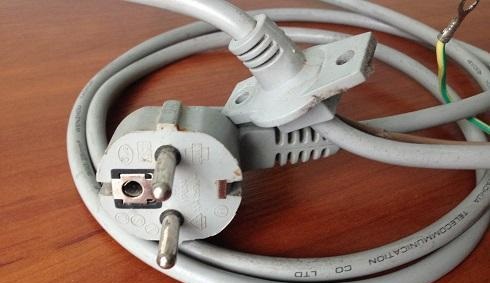
- the noise filter (FPS) is burnt out;
- the power button is stuck;
- there was a break in the wiring inside Hansa;
- The control module has failed.
The Hansa washing machine does not turn on due to problems with the power supply, socket, power cord, FPS, power button, wiring or control board.
To determine the “culprit”, it is necessary to conduct a comprehensive diagnosis: consistently check all possible problems. It’s better to start with external problems, gradually moving on to analyzing Hansa. We will tell you how and what to do in step-by-step instructions.
Testing electrics
Sometimes the washing machine does not turn on for a completely understandable reason - there is no central power supply in the room or in the entire house.It’s easy to confirm your guess: just flip the switch in the room. It’s even better to go to the electrical panel and check if the machine has tripped or the plug has been knocked out. Perhaps several powerful equipment and devices were launched at once, the network could not withstand the load, and for safety reasons the RCD tripped. The second step is to check the serviceability of the outlet. First, we inspect the point for signs of fire:
- dark spots;
- distinct burning smell;
- melted plastic.
Next, we carry out a serviceability test: we connect a table lamp or any other working electrical appliance to the socket. If the device works without interference, then there are no problems with the point. Otherwise you will have to replace the plastic.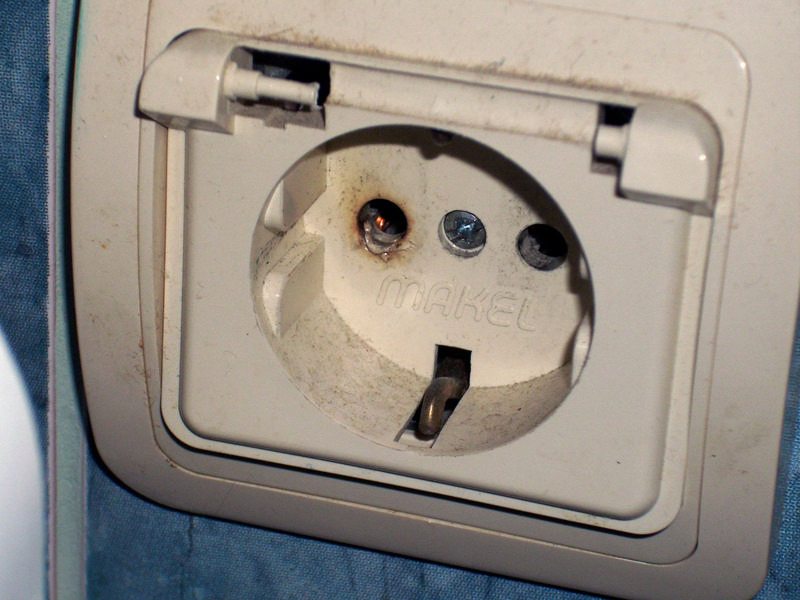
Having finished with external diagnostics, we move on to internal diagnostics. Next in line is the power cord. First, the socket is inspected for signs of fire and melting, then the cable itself. The latter must be tested with a multimeter for breakdown. Remember that it is unsafe to use a broken, pinched or damaged wire.! Repairs using twisting and electrical tape are also prohibited - only complete replacement of the power line.
The inspection of the interference filter continues. This part is designed to protect the washing machine’s electronics, which are sensitive to power surges, and in the event of a sudden power surge, it takes the blow. In this case, the FPS burns out and blocks the power supply to the board. To restore the operation of the machine, it is necessary to dismantle the element and replace it. But first the filter must be inspected and ringed. You can do this yourself using the following instructions:
- disconnect Hansa from communications;
- Unscrew the screws securing the top cover;
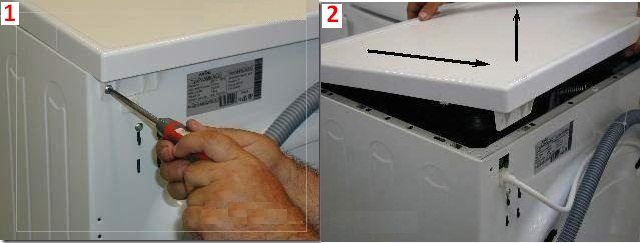
- move the cover back and, lifting it, disconnect it from the body;
- find where the power cable connects to the body;
- at the end of the power cord, find the FPS - a barrel-shaped part;
- unhook the contacts from the filter;
- Remove the capacitor from the washer.
Let's move on to diagnostics: turn the multimeter into buzzer mode and ring the noise filter. Be sure to measure the resistance as well. If the display shows “0” or “1”, it means the capacitor has burned out. Repair will not help here - only replacement.
Feeding key
After the power cord and FPS, the power button is checked. This key “sticks” and burns out rarely, but when operating the machine in a room with high humidity, this is possible. Especially if the Hansa model does not provide protection for the dashboard from moisture. In this case, water penetrates the case, oxidizes the contacts and disrupts the internal power supply. To check, the button must be removed:
- remove the top cover from the machine;
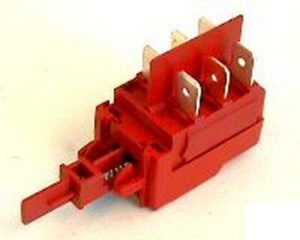
- Find the power button on the back of the dashboard;
- take a photograph of the location of the wires connected to the key;
- unhook the terminals from the button;
- pry up the plastic with a flat-head screwdriver and, pressing the latches, disconnect it from the body.
First, the button is called for breakdown, then the resistance on it is measured. If there is a deviation from the norm, we diagnose the breakdown and change the key. Sometimes cleaning the contacts helps restore the functionality of a part, but it’s better not to risk it and install a new one right away.
Problems with the board
The worst thing is if the control board caused the power problems. Modern washing machines, including Hansa, have quite sensitive and complex electronic components. The slightest voltage drop can cause a breakdown, and at home it is almost impossible to detect which element has burned out.. We need comprehensive diagnostics of the module with sequential calling of all tracks, microcircuits and relays. But sometimes you can notice a board breakdown with the naked eye by carefully examining the module. First, let’s dismantle the block:
- take out the powder receptacle;
- in the vacated recess we find and unscrew two bolts;
- remove the top cover;
- loosen four more screws holding the dashboard;

- gently pull the panel up, disconnecting it from the body;
Do not disconnect the connected wires from the dashboard - it will be problematic to return them to their place!
- divide the panel into two parts by pressing the latches with a flat screwdriver or a knife;
- we take out the control board.
The removed board is carefully inspected for visible defects - dark spots, loose contacts or melted insulation. But the absence of obvious problems does not guarantee the integrity of the module. The damage that has occurred is likely unnoticeable. For comprehensive diagnostics and professional troubleshooting, you must contact the service. Repairing the unit yourself is too risky - you can easily make the problem worse.
Interesting:
1 reader comment





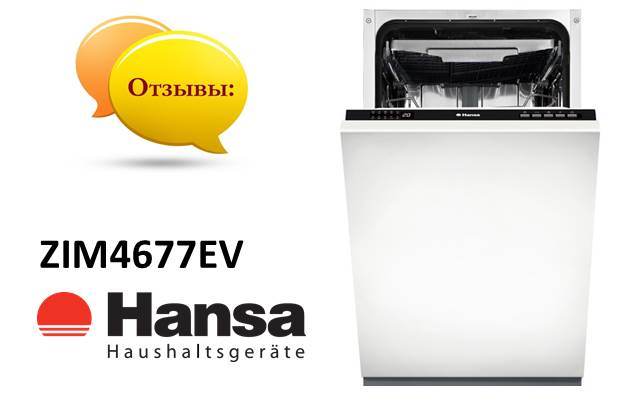
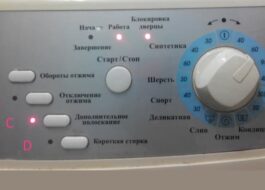














Hans's machine just beeps when it's turned off. But as soon as you turn it to mode, it is silent, does not erase and the buttons do not light up.